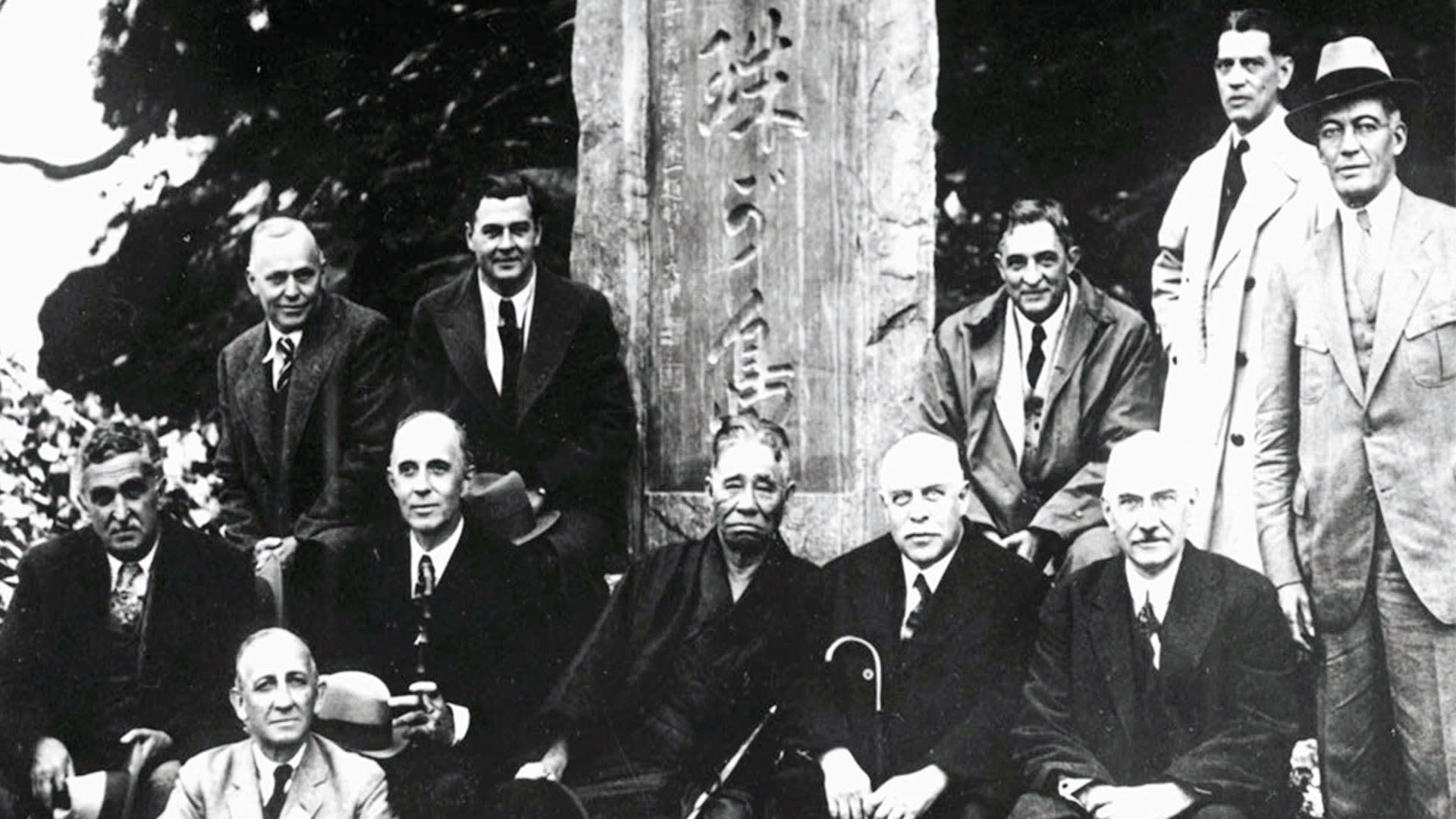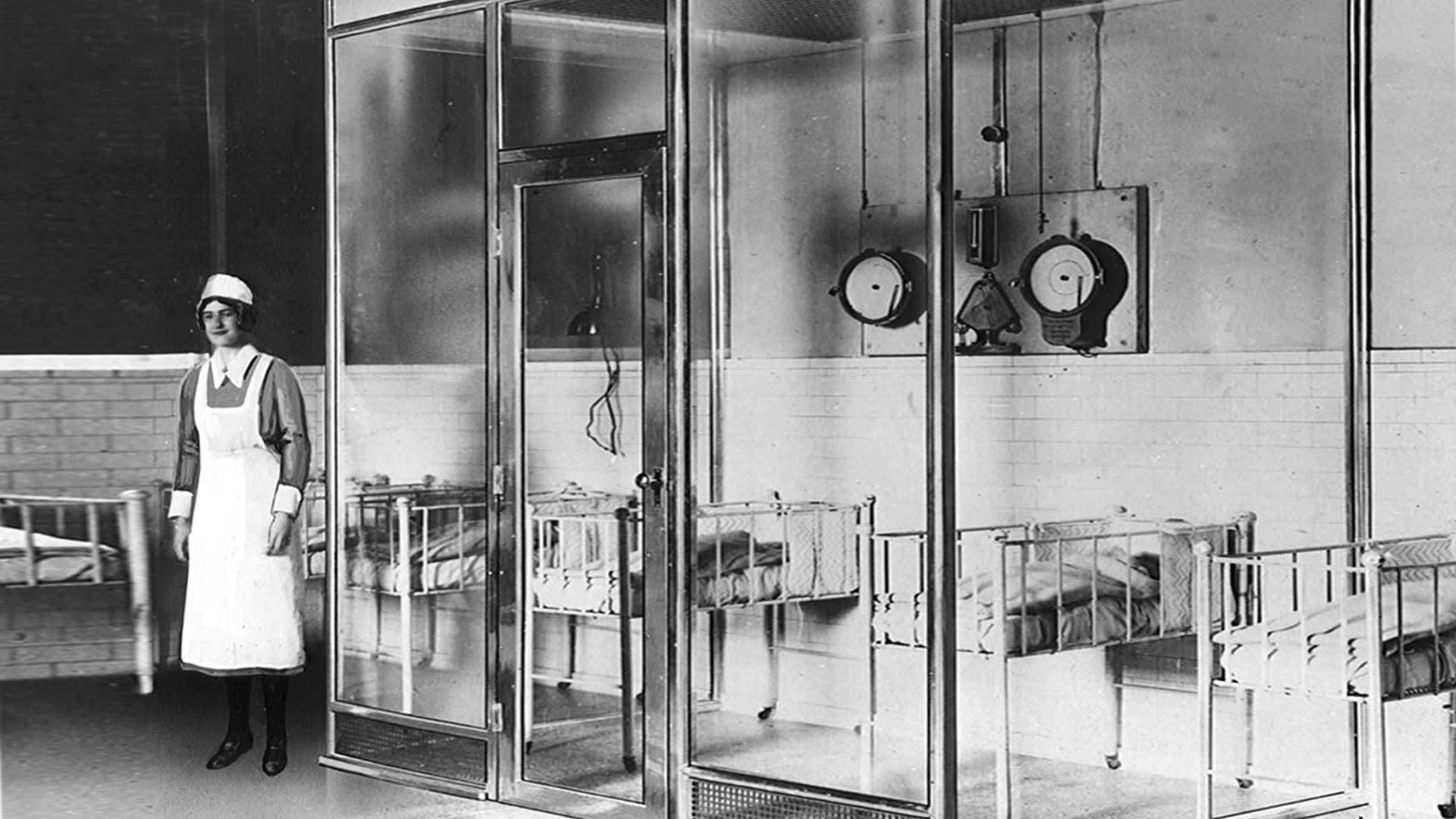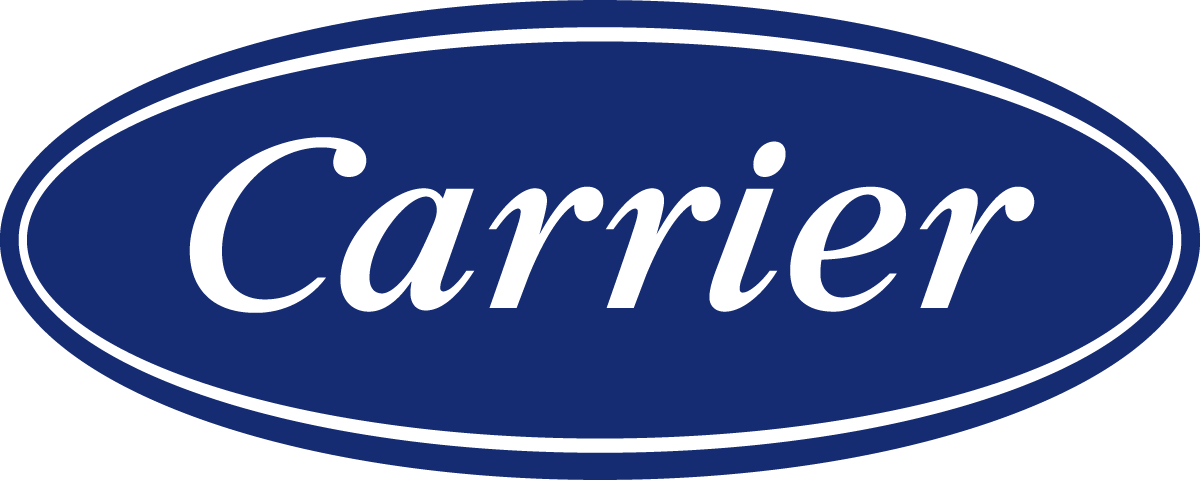Sometimes genius arises in the most unlikely of places. For Willis Carrier, the moment of profound insight came in late fall 1902 on a cold, foggy train platform in Pittsburgh, Pennsylvania. As he stared through the dense mist, Carrier recalled thinking, “If I can saturate air and control its temperature at saturation, I can get air with any amount of moisture I want in it. I can do it, too, by drawing the air through a fine spray of water to create actual fog.”
It was an insight so counterintuitive that it still dazzles. Willis Carrier realized that he could dry air by passing it through water, using the spray as a condensing surface.
By 1903, he had completed the apparatus first visualized on that foggy Pittsburgh evening, the world’s first spray-type air-conditioning system able to both wash and humidify or dehumidify air. Modern air conditioning now had its fundamental building block.
Soon after, Carrier conceived the idea of adjusting humidity by heating the spray water itself and controlling the dew point temperature of the air leaving the conditioning machine. With this came “dew point control” which, an early company brochure announced, was “the greatest single factor in modern air conditioning.”
In 1905, at the age of 29, Willis Carrier was made head of the Buffalo Forge Engineering Department, directing research and supervising all application and design. Shortly thereafter, Carrier’s staff began referring to him as “the Chief,” a name given out of admiration and respect.
The following year Carrier authored a catalog which offered data about his air washer and included the first psychrometric chart ever published. This catalog was designed to sell equipment and educate the entire industry. It also contained a prophecy from the Chief that “comfort” applications in public buildings, theaters, churches and restaurants would one day become common.
This was Willis Carrier at his best, grasping a broad concept well before his peers while efficiently solving a specific engineering problem. This "practical genius" gave the company its most outstanding competitive advantage: sales engineers could sell air conditioning for almost any application, convinced that the Chief could design a system suited to their customers' needs. Carrier's focus on sound economics and practical applications was reflected in his most famous creed, described in terms of one of his favorite pastimes. "The 'catch' must be edible or I don't try for it," Carrier would explain. "I only fish for edible fish and test for useful data."
The year 1907 would prove to be a historic one for Willis Carrier and his extraordinary invention. First, modern air conditioning leapt from the textile mill to the pharmaceutical plant with an installation at Parke, Davis & Company in Detroit, Michigan. Then, a proposal was made to the Huguet Silk Mill in Wayland, New York, guaranteeing a relative humidity of 65 percent throughout the entire year—the first promise of conditions and not simply equipment performance.





